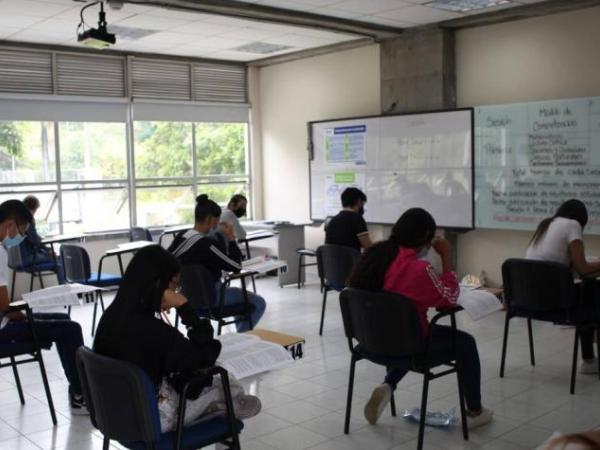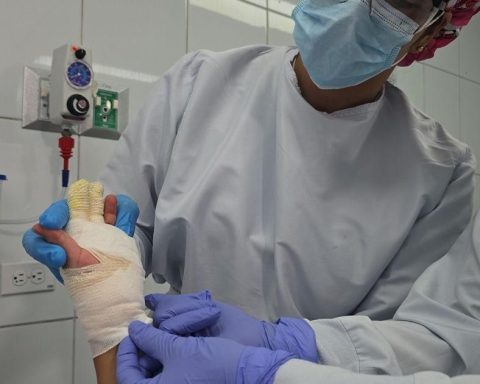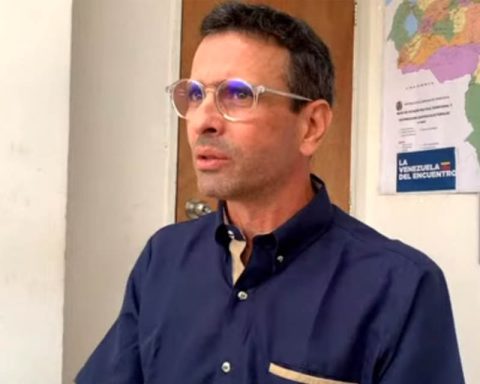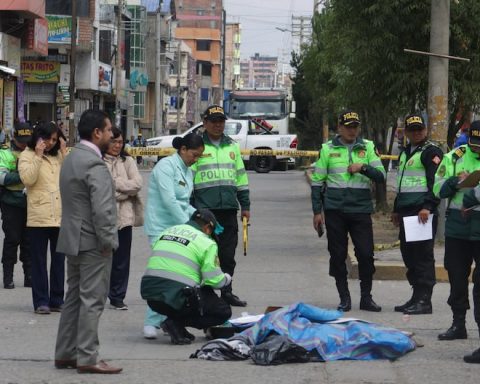A study published by the Observatory of Education of the Caribbean of the University of the North (Oeccu) gives an account of the panorama of coverage in higher education in the region, made up of the departments of Atlantic, Bolivar, Cease, Cordova, La Guajira, cupcake and Sucre.
The first of the points to highlight is that the pandemic did not drastically affect the outlook for enrollments and coverage in the region. This, because the figure went from 381,697 in 2020 to 379,620 in 2021, falling 0.54% between these two years.
(Quality of life of Colombians: how much has it changed during 2022?)
Additionally, they found that enrollment in the official sector grew by 1.22% and from the observatory they associate it with “zero enrollment programs that have been implemented in the country”. In contrast, enrollment in the private sector did fall by 2.75%.
Another of the elements reviewed by the observatory are the figures at the different levels of training and it was observed that “the enrollment figures for technical, professional and university training increased compared to 2020; technology had a significant decline in the region”.
(‘Takeover bids dried up the shares, but they showed their appeal’).
In postgraduates, there was an increase in enrollment for the master’s degree and decreased in specializations and doctorates.
And, based on these results, they found that “The region has not advanced in terms of coverage in higher education: it went from 35.50% in 2020 to 35.55% in 2021”.
(The economy reaffirmed signs of slowdown in February).
Which leads the researchers to state that “coverage is stagnant.” To which is added that all the departments of the Caribbean region are below the national average.
This scenario is associated with the fact that few of the students who enroll in higher education programs at official institutions manage to pass.
(Differences in the treatment of migrants between Canada and the US).
In addition, from the observatory they add that “The reduction in the scope of the scholarship and demand subsidy programs that somehow allow the Private Sector to support the Public Sector also influences”.
Jorge Valencia Cobo, coordinator of the Observatory, mentions that to improve these coverage figures it is necessary to “increase and improve infrastructure conditions in public education institutions; bring the offer of public universities to the peripheral sectors of the region”. In other words, “that local administrations strengthen subsidy programs”.
CLAUDIA M. QUINTERO RUEDA
Portfolio Journalist

















